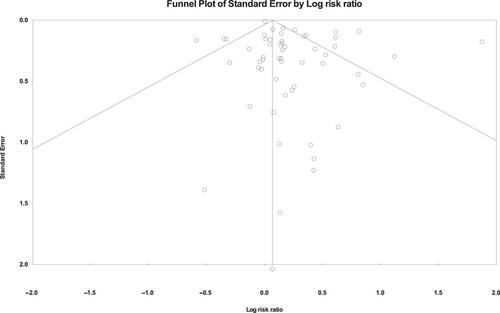Disorder policing to reduce crime: An updated systematic review and meta-analysis
Abstract
Research Summary
Broken windows theory suggests that police can prevent serious crime by addressing social and physical disorder in neighborhoods. In many U.S. cities, recent increases in disorder, fear, and crime have initiated calls for an intensification of disorder policing efforts. Disorder policing programs can be controversial, with evaluations yielding conflicting results. Further, a growing number of descriptive analyses of aggressive order maintenance programs raise concerns over varied negative consequences, such as increased racial disparities in arrests of citizens. Systematic review and meta-analytic techniques were used to conduct an updated analysis of the effects of disorder policing on crime. Fifty-six eligible studies including 59 independent tests of disorder policing interventions were identified, representing almost twice the number included in the previous review. As part of the meta-analysis, new effect size metrics were used. The updated meta-analysis suggests that policing disorder strategies are associated with overall statistically significant crime reduction effects that spill over into surrounding areas. The strongest program effect sizes were generated by community and problem-solving interventions designed to change social and physical disorder conditions at crime hot spots. Conversely, aggressive order maintenance strategies did not generate significant crime reductions.
Policy Implications
The types of strategies used by police departments to address disorder seem to matter in controlling crime, and this holds important implications for police–community relations, justice, and crime prevention. Further research is needed to understand the key programmatic elements that maximize the capacity of these strategies to prevent crime.


 求助内容:
求助内容: 应助结果提醒方式:
应助结果提醒方式:


